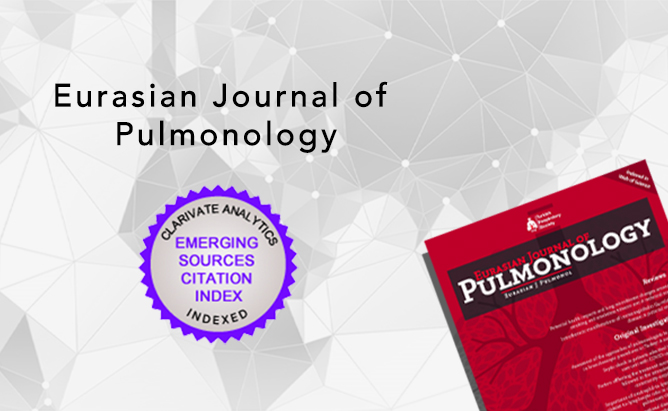2Department of Internal Medicine, Hacettepe University Faculty of Medicine, Ankara, Turkiye
3Department of Medical Oncology, Istinye University Faculty of Medicine, Liv Hospital, Ankara, Turkiye
Abstract
BACKGROUND AND AIM: Lung cancer in non-smokers exhibits distinct epidemiological and biological characteristics. Despite a global decline in cigarette consumption, the incidence of lung cancer in non-smokers is on the rise. Regrettably, screening programs often overlook these patients. This study seeks to explore the clinical, radiological, and pathological features, as well as survival results, among non-smoker patients with non-small cell lung cancer (NSCLC).
METHODS: The study included 74 non-smoker patients among 315 diagnosed with NSCLC between January 2013 and May 2023. Patient characteristics, survival outcomes, and factors predicting overall survival (OS) were examined.
RESULTS: The mean age at diagnosis was 57.6±13.3 years (range: 23-82 years), and 57 patients (77%) were female. Upon diagnosis, 90% of patients were symptomatic, and 69% were at stage 3 or 4. The median follow-up time was 3.7 years (range: 0.2-8.9), and the 5-year progression-free survival (PFS) and OS rates were 20.7±4.8% and 36.2±6.3%, respectively. Median PFS was 1.6 years (95%confidence interval [CI]: 1.16-2.04) and median OS was 4.04 years (95% CI: 3.16-4.93). In multivariate Cox regression analysis, stage 4 disease at diagnosis (hazard ratio [HR]: 3.656, p<0.001) and non-adenocarcinoma histology (HR: 2.896, p=0.019) were independent predictors of OS.
CONCLUSIONS: Approximately one-quarter of NSCLC patients are non-smokers, with the majority being women diagnosed with adenocarcinoma. Individuals are commonly diagnosed after symptoms begin, usually at an advanced or locally advanced stage. Stage IV disease at diagnosis and non-adenocarcinoma histology were independent predictors of worse prognosis. Since current screening studies have primarily targeted the smoking population, there is a pressing need for research to identify additional risk factors, especially for the inclusion of non-smokers in screening programs.




 Ulkar Ismayilova1
Ulkar Ismayilova1 




